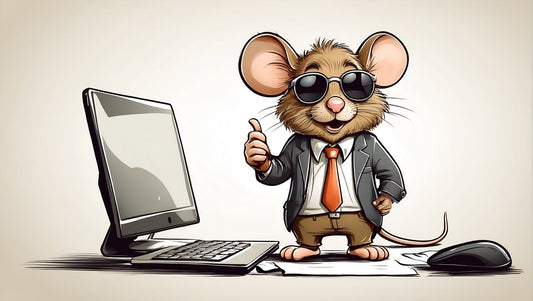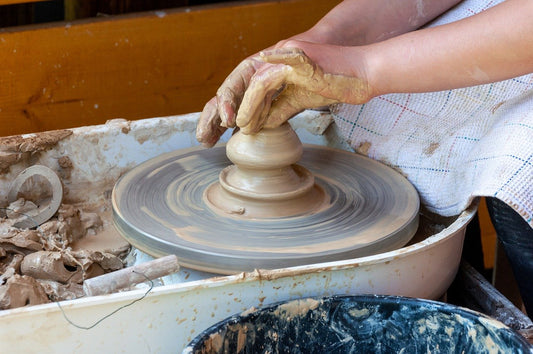Way back when, in the dark ages, I designed all of PS Audio's circuit boards. Unlike today where we craft PCBs with the click of a mouse, back then this work was done the old fashioned way, with tape, sticky donut pads, and a razor blade.
The work was intense but enjoyable and, in the end, resulted in many a fine PCB for PS Audio products that are today still in service of making great music.
The easiest way to layout an audio circuit is to place all the components where they make sense—moving from left to right, input to output. Once you've confirmed everything fits, then you connect all the parts together according to the schematic. Lastly, you add in the plus, minus and ground buss in what we used to call a Christmas Tree Arrangement.
The Christmas Tree Arrangement is like the old fashioned string of Christmas tree lights—a long series string of lights where the beginning is the source of power and the end is the last light in the string. If one light goes out the entire string dies because the chain is broken.
While this method worked just fine for the simple circuits of yesteryear, it is certainly not best practice—something I learned about in the early to mid 1980s.
Like the Christmas tree series wiring problem, where each element in the chain has an impact on every other element, the preferred way of designing circuits is called the Star System—instead of a series string connection, each component is separately wired to ground via its own trace. This meant instead of one long snaking ground or power trace throughout the PCB, there were now dozens, sometimes hundreds of separate traces carrying ground and power.
Aside from being a royal pain in the ass to design, implementing the star system in our designs resulted in three things: lower noise, better sound, and a move away from single sided PCBs.
While in today's uber complex PCB designs of thousands of micro miniature parts we routinely use anywhere from 4 to 7 layers of PCB traces, back then moving from a single copper PCB layer to two (double sided board) was a big deal. For one thing, the costs of the raw PCB more than doubled (this is because all of a sudden the copper pads where you solder the legs of the components were now doubled—one on top of the PCB and another mirrored on the opposite side—requiring an extra plating process to connect top and bottom pads together—called plate through holes).
Star wiring applies to more than just PCBs. For those of you that keep up with my literary dribblings you'll recall I also advocate separate AC wiring paths back to the circuit breaker box for every single AC plug in your listening room.
Star AC wiring.
It all matters.









